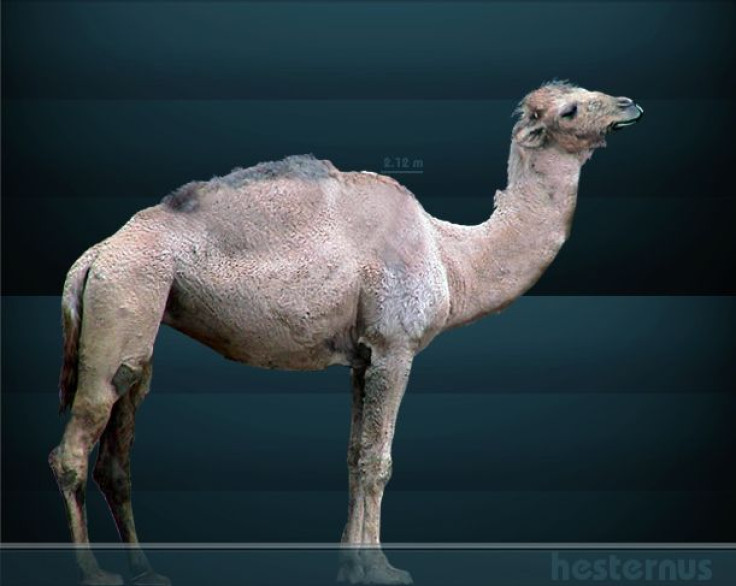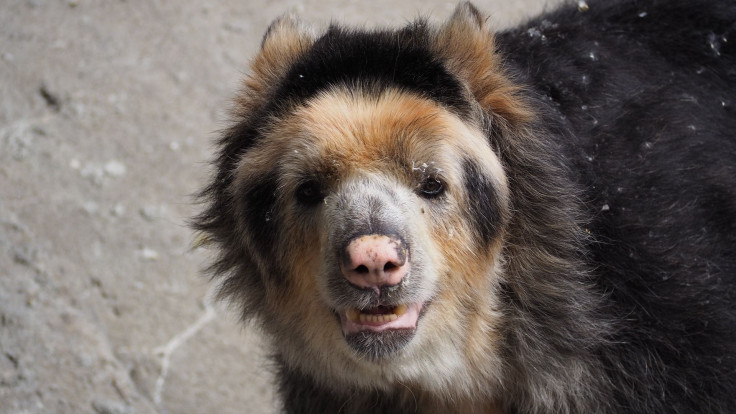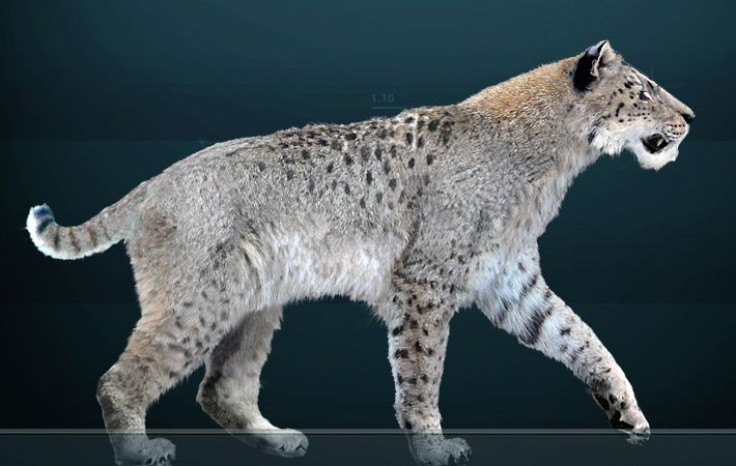4 Extinct Animals That Roamed America, From Giant Sloths To Scimitar Cats

The Americas are full of beautiful and diverse creatures, but many of the iconic animals that prowled the land thousands of years ago went extinct. These ancient animals may not be around, but their bones and fossils tell us what the environment may have been like early in American history, in the time when humans were first beginning to migrate into and settle the land.
Camelops

Camels are animals we associate with desert climates, picturing them walking through vast expanses of sand. But thousands of years ago, there was an exceptionally large type of camel called the Camelops roaming western North America. Preferring open, dry spaces, it was found as far north as Alaska and south to Mexico before going extinct nearly 12,000 years ago.
There were six species of Camelops, with long legs and a single hump like the Arabian camel, also known as a dromedary (modern Asian camels, for comparison, have two humps). But according to the San Diego Zoo, Camelops was more closely related to llamas than to camels as they exist today.
Read: 4 Iconic American Animals That Are Extinct
The Camelops would have been adapted for running and was a herbivore that ate grasses that were resistant to drought. In turn, it’s possible that large cat and dog species like the saber-toothed tiger and the dire wolf would have eaten them.
Spectacled bear

Was this species of prehistoric bear trying to get a nice tan? The Florida spectacled bear once lived in that state in the southeastern United States and is also known as the Florida cave bear even though it also lived in other places along the Gulf Coast and the southwestern U.S.
The Florida Museum of Natural History was probably a herbivore and lived during the late Pleistocene Epoch, a period of time spanning about 2.6 million years ago to almost 12,000 years ago when the current Holocene Epoch began. It is comparable to the Andean spectacled bear, which is found in South America, but it was much larger, more like the size of an American black bear.
Ground sloths
Sloths are still around today, but among the prehistoric varieties one stood out for its size, which is what has earned it the term “ground sloths.” Today's smaller creatures are known as “tree sloths.” There have been dozens of species over millions of years, and the giant sloths may have first appeared in North America about 8 million years ago, the San Diego Zoo said, before most of the species went extinct about 12,000 years ago.
Read: This Extinct Shark Is The Biggest One Ever
The ground sloths were a diverse family, with some preferring wet environments and others dry, for example. They also ranged in size, with some getting as big as 11 feet tall and as heavy as 13,000 pounds.
Scimitar cats

Imagine a saber-toothed tiger with its knife-like canines hanging from the top of its mouth like stalactites. Now turn those teeth into saws. Congratulations, you have a scimitar-toothed cat, also just known as a scimitar cat.
Much like the saber-toothed tigers, scimitar cats were part of the larger group of felines known as saber-toothed cats. The scimitar cats lived in colder climates all over the world, including North and South America. Though their teeth were shorter than those of their relatives, the serrated edges helped them cut through flesh. They also had long limbs and powerful necks that assisted them in going in for the kill, which was often a mammoth.
© Copyright IBTimes 2024. All rights reserved.











